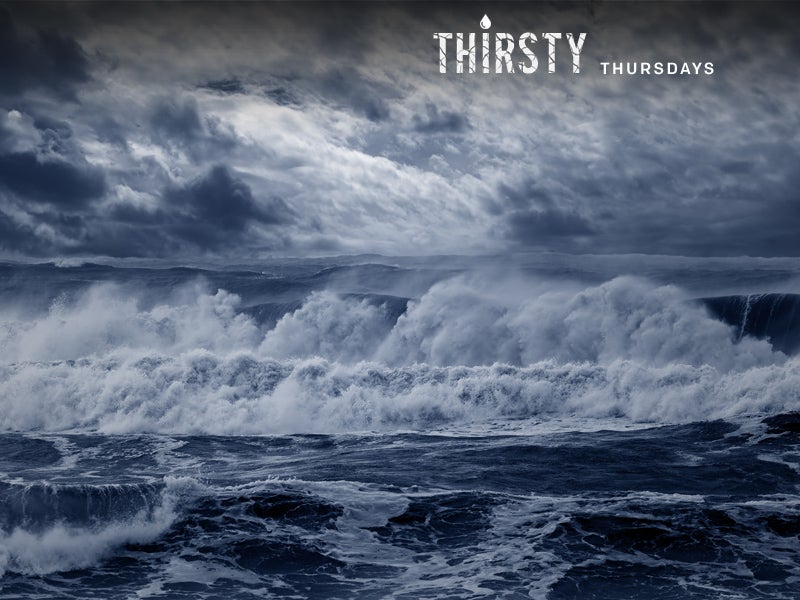Study Finds Climate Change Amps Up Drought
Even with an approaching El Niño, Californians shouldn’t lose sight of long-term water management goals, since climate change can intensify heat, evaporation and dry weather.

This page was published 10 years ago. Find the latest on Earthjustice’s work.
Over the past several months, Earthjustice has explored California’s unprecedented drought. From succulents and lawn rebate programs to sinking land in the Central Valley to sustainable dry farming, the drought (and news about it) is persistent and pervasive. A new study published in Geophysical Research Letters last week provides convincing evidence that climate change has intensified this extreme weather event and that this is just the beginning.
Researchers found that climate change intensified the drought by up to 27 percent between 2012 and 2014. They came to this conclusion by analyzing soil moisture data from different parts of the state recorded between 1901 and 2014. They first calculated how much water evaporated from the soil every month. From there, the researchers used climate models to figure out what percentage of the water loss could be due to climate change. As temperatures have risen steadily in conjunction with natural weather variability, more and more water is evaporating from the soil.
While the study shows that the cause of California’s ongoing drought is primarily natural fluctuations in the weather, it also indicates that climate change is already taking a toll. The odds of extreme droughts like this one have roughly doubled over the past century. As temperatures continue to rise, evaporation will also continue to increase. This means California’s droughts will only become more severe in the years to come.
But what about the “Godzilla” El Niño everyone is talking about? Won’t that quench the drought? Maybe, but that shouldn’t end efforts to conserve water.
El Niño is a weather pattern that describes shifting temperatures in the ocean and atmosphere that cause changes in weather all around the world. It brings torrential rain in the Pacific Northwest, Southern California and Peru, mild weather in the Midwest and crippling drought in Indonesia and Australia. Climatologists are predicting that this winter could turn out one of the strongest El Niño’s on record, potentially easing California’s drought.
But don’t get too excited. First of all, El Niño will need to bring storms to the northern part of the state where most reservoirs are located. Melting snow from the mountains traditionally feeds those depleted reservoirs through the spring and summer, providing water to the entire state all year long. It’s looking more and more likely that this year will see a wet winter, but even if it does, there is no guarantee of heavy snows in the Sierra Nevada mountains. NOAA reported last week that while El Niño will bring rain, it is also driving up temperatures, making heavy snow fall less likely. Finally, even if a massive El Niño emerges, it will take more than one year of rain (even torrential rain) to make up what we’ve lost during the drought, according to Jay Lund at the University of California, Davis.
“For some of the reservoirs, a half decent flood will fill them up pretty well. Some of the larger reservoirs, it’ll take more than that,” Lund told NBC Bay Area.
When it comes to long-term planning, remembering studies like this new one in Geophysical Research Letters is key. Climate variability will bring strong rains to California every so often, and it looks as if the state might soon catch a break. But the long-term data is in. During the decades and centuries to come, California must adopt big, lasting and comprehensive changes to its water infrastructure if it hopes to outlast more frequent and intensifying droughts fueled by climate change.
About this series
This is the final post of the Thirsty Thursdays series. Thirsty Thursdays is a weekly blog series exploring the historic drought in the western United States. In the ongoing series, we’ll share expert opinions, breaking news, compelling articles and the work Earthjustice is doing to protect water resources in a time of extreme water scarcity.
Don’t miss last week’s post: “Lake Tahoe Program Pays Cash for Grass to Conserve Precious Water”.